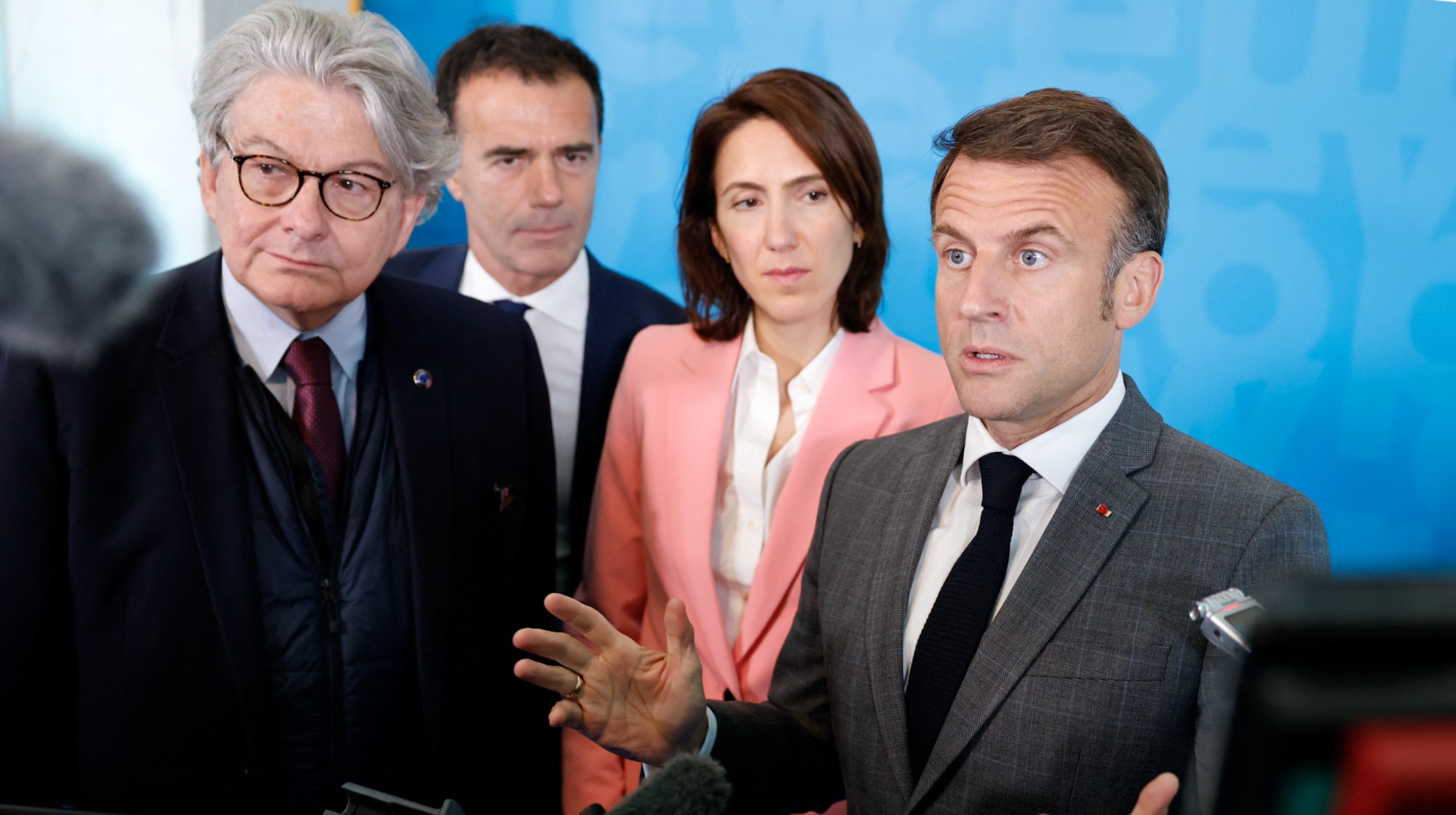Exhibit of the week: Color! American Photography Transformed
Some 40 years ago, a handful of camera-carrying renegades “practically saved photography as an art form.”
Amon Carter Museum of American Art, Fort Worth
Through Jan. 5
Some 40 years ago, a handful of camera-carrying renegades “practically saved photography as an art form,” said Jonathon Keats in Forbes.com. Though color photography had been intrinsic to the fabric of modern life for decades, “most art photographers resisted,” and their insistence on creating only black-and-white images threatened to transform a vital art into a quaint craft. We could blame the whole taboo on Alfred Stieglitz. Though the great lensman experimented with color as early as 1907, when he raved about a reproduction process that involved using colored grains of potato starch, he soon decided to limit himself to monochrome in his own work, and the choice “became the reactionary default position of a marginalized artistic medium.” Color had been a dream of photography since its 1839 birth, but not until the 1970s did rebels like William Eggleston, Laurie Simmons, and Mark Cohen force it out of its grayish rut.
The Week
Escape your echo chamber. Get the facts behind the news, plus analysis from multiple perspectives.

Sign up for The Week's Free Newsletters
From our morning news briefing to a weekly Good News Newsletter, get the best of The Week delivered directly to your inbox.
From our morning news briefing to a weekly Good News Newsletter, get the best of The Week delivered directly to your inbox.
This unprecedented show scans the full history, said William Meyers in The Wall Street Journal. As early as 1851, a rural New York photographer named Levi Hill came up with a process that captured a slight hint of color. A “Hillotype” hangs here near a circa-1850 group portrait that was colorized the more popular way: tinting the print by hand. Though “the artifice is apparent” in the figures’ pink cheeks and blue dresses, the image “has considerable charm.” Yet color remained hard to control long after even 1942’s introduction of Kodacolor: A bright-red traffic light, for instance, might steal attention from other details of a complex street scene. Even so, prevailing habits were overdue for a change by 1976, when New York’s Museum of Modern Art mounted an Eggleston solo show. He’s represented here by Memphis, a 1970 image of a green-tiled shower that proved that color could provide an emotional cue without becoming every image’s subject.
If only this show were twice as large, said Rick Brettell in The Dallas Morning News. It covers 160-plus years of history in just 75 photographs, representing nearly the same number of photographers with just one image each. We’re living in what’s surely “the great age of American color photography,” yet we get no chance for in-depth study of such contemporary greats as Cindy Sherman or Gregory Crewdson. “Quibbles aside,” though, “no one seriously interested in modern art” can afford to miss this show here or at its coming stop in Memphis. “Its regional reach is unfortunate when it is of national, indeed, international importance.”
A free daily email with the biggest news stories of the day – and the best features from TheWeek.com
-
 ‘Care fractures after birth’
‘Care fractures after birth’instant opinion Opinion, comment and editorials of the day
-
 Shots fired in the US-EU war over digital censorship
Shots fired in the US-EU war over digital censorshipIN THE SPOTLIGHT The Trump administration risks opening a dangerous new front in the battle of real-world consequences for online action
-
 What will the US economy look like in 2026?
What will the US economy look like in 2026?Today’s Big Question Wall Street is bullish, but uncertain